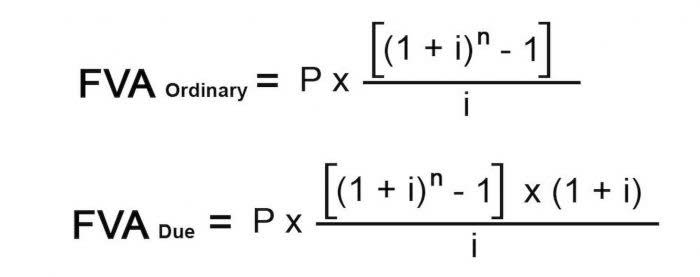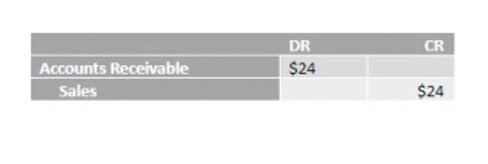
When you break-even, you’re finally making enough to cover your operating costs. Therefore, it is essential for businesses to consider these factors in conjunction with the break-even point to make informed decisions. By analyzing the break-even point alongside other financial metrics, companies can gain a comprehensive understanding of their financial position and make strategic choices that drive long-term success.
How to Conduct Break-Even Analysis
The contribution margin is the difference between the selling price of the product and its variable costs. For example, if an item sells for $100, with fixed costs of $25 per unit, and variable costs of $60 per unit, the contribution margin is $40 ($100 – $60). This $40 reflects the revenue collected to cover the remaining fixed costs, which are excluded when figuring the contribution margin. It is also possible to calculate how many units need to be sold to cover the fixed costs, which will result in the company breaking even.
Break-Even Price: Definition, Examples, and How To Calculate It
It involves a situation when a business makes just enough revenue to cover its total costs.[1] Any number below the break-even point constitutes a loss while any number above it shows a profit. The term originates in finance but the concept has been applied in other fields. It needs raw materials to make the vacuums, as well as factory workers and managers to stay on top of production.
What is Permission Marketing? (Explained With Examples)
The break-even point is a crucial concept in business that helps determine the minimum level of sales required to cover all costs and reach a point of financial equilibrium. It is calculated by dividing the total fixed costs by the contribution margin, which is the selling price per unit minus the variable costs per unit. It is only possible for a firm to pass the break-even point if the dollar value break even point business definition of sales is higher than the variable cost per unit. This means that the selling price of the goods must be higher than what the company paid for the good or its components for them to cover the initial price they paid (variable and fixed costs). Once they surpass the break-even price, the company can start making a profit. This is the most obvious benefit and the goal of the break-even analysis.

The articles and research support materials available on this site are educational and are not intended to be investment or tax advice. All such information is provided solely for convenience purposes only and all users thereof should be guided accordingly. Finance Strategists has an advertising relationship with some of the companies included on this website. We may earn a commission when you click on a link or make a purchase through the links on our site. All of our content is based on objective analysis, and the opinions are our own.

What is Conceptual Selling? (Explained With Examples)

Even the smallest expenses can add up over time, and if companies aren’t keeping tabs on these costs, it can lead to major surprises down the road. There’s a significant financial buy-in up top, and you need to take risks if you want to make money. But when you’re down on your luck in gambling or business, the short-term goal may simply be to break even. Christine Aebischer is an assistant assigning editor on the small-business team at NerdWallet who has covered business and personal finance for nearly a decade. Previously, she was an editor at Fundera, where she developed service-driven content on topics such as business lending, software and insurance. She has also held editing roles at LearnVest, a personal finance startup, and its parent company, Northwestern Mutual.
- Now suppose that ABC becomes ambitious and is interested in making 10,000 such widgets.
- The breakeven point would equal the $10 premium plus the $100 strike price, or $110.
- It also is a rough indicator of the earnings impact of a marketing activity.
- Even the smallest expenses can add up over time, and if companies aren’t keeping tabs on these costs, it can lead to major surprises down the road.
- By understanding the breakdown of costs, businesses can gain insights into their cost structure and make informed decisions regarding pricing, production levels, and overall financial health.
Why Break-Even Analysis Matters
The company’s variable cost per vacuum is $50, and these vacuums sell for $200 each. To calculate BEP, you also need the amount of fixed costs that needs to be covered by the break-even units sold. Let’s say that we have a company that sells products priced at $20.00 per unit, so revenue will be equal to the number of units sold multiplied by the $20.00 price tag. Once the break-even number of units is determined, the company then knows what sales target it needs to set in order to generate profit and reach the company’s financial goals.
Free Cost-Volume-Profit Analysis Template
11 Financial may only transact business in those states in which it is registered, or qualifies for an exemption or exclusion from registration requirements. 11 Financial’s website is limited to the dissemination of general information pertaining to its advisory services, together with access to additional investment-related information, https://www.bookstime.com/ publications, and links. Hence, the break-even price to recover costs for ABC is $10 per widget. In nuclear fusion research, the term break-even refers to a fusion energy gain factor equal to unity; this is also known as the Lawson criterion. The notion can also be found in more general phenomena, such as percolation.
